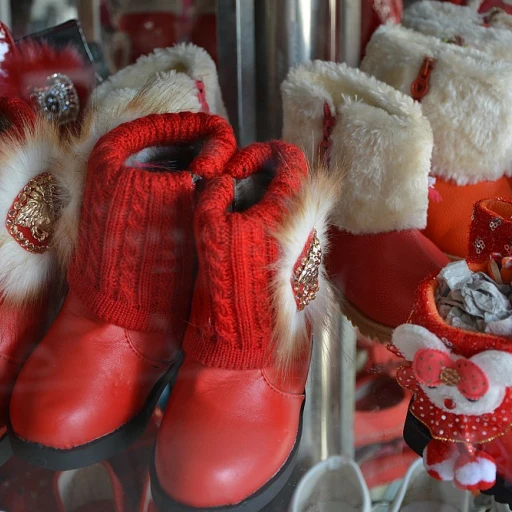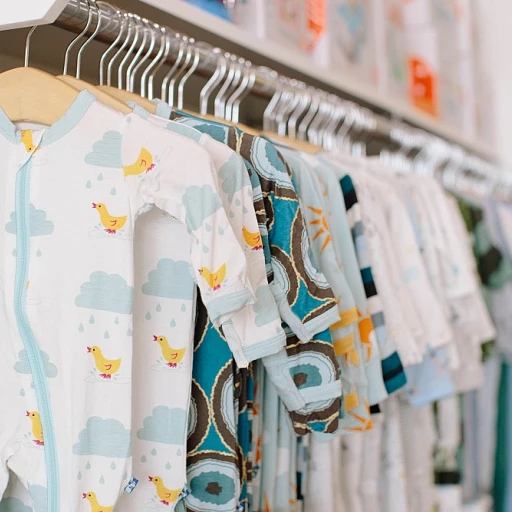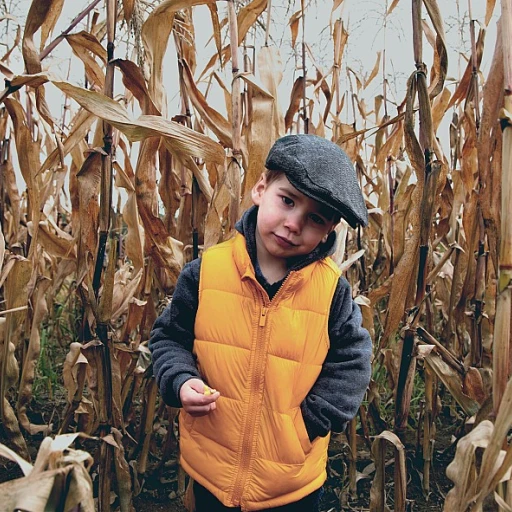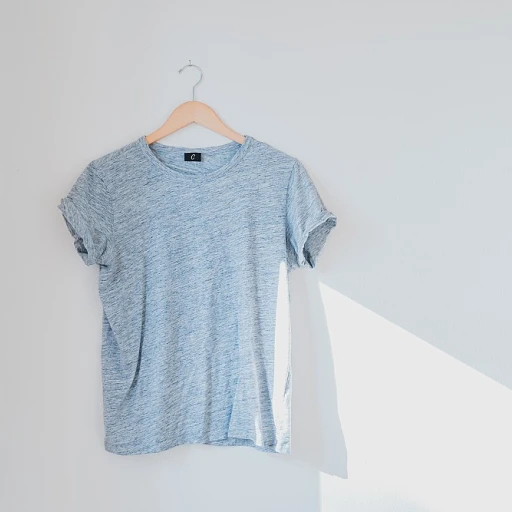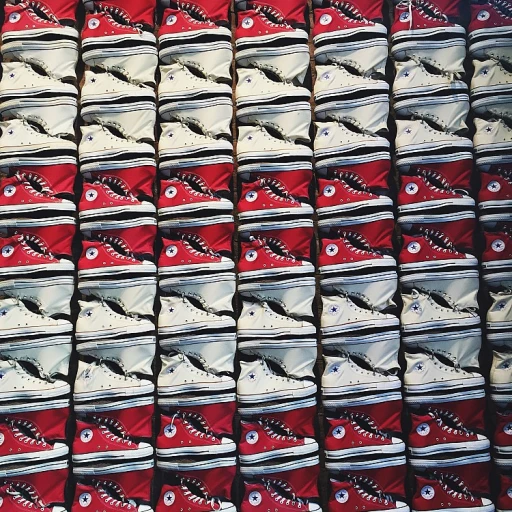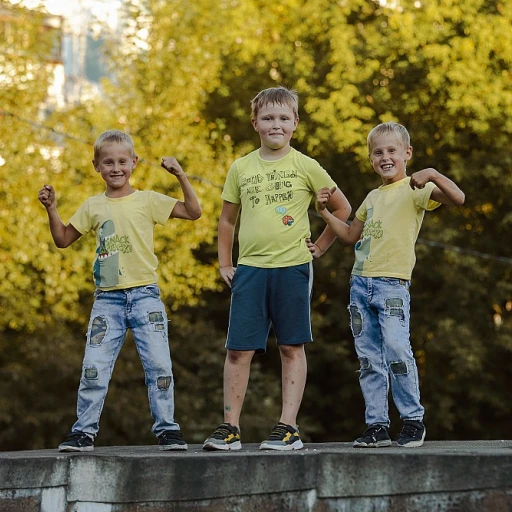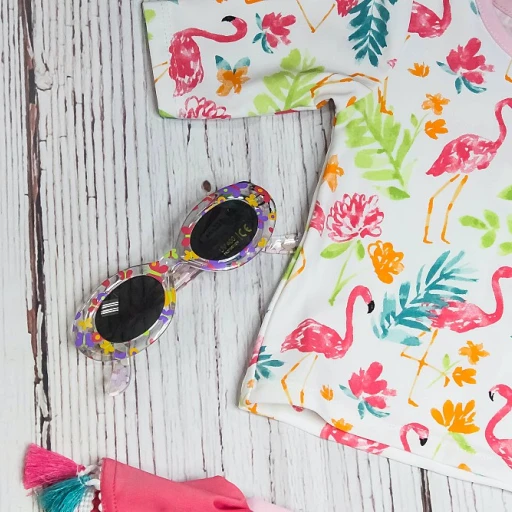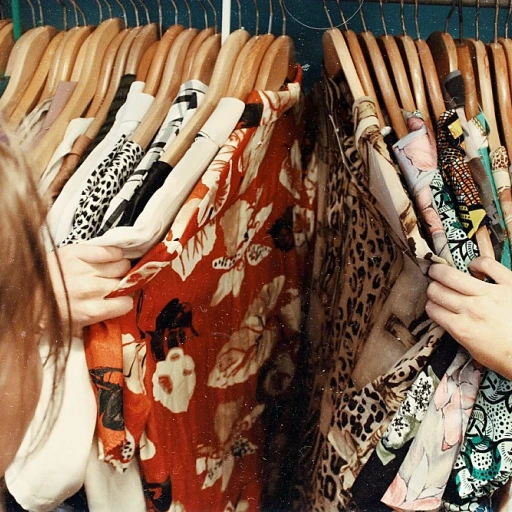
Éco-Fabrics Unveiled: Understanding Sustainable Textiles for Kids' Fashion
The Emergence of Eco-Friendly Materials in Children's Wear
As the global spotlight intensifies on environmental responsibility, eco-conscious fabrics are weaving their way into the heart of the kids' fashion industry. These sustainable textiles are not just a fleeting trend; they represent a fundamental shift in the production and consumption of children's apparel. With an increasing awareness of the carbon footprint and the desire to reduce waste, designers and brands are introducing materials such as organic cotton, recycled polyester, and Tencel. As reported by the Global Organic Textile Standard, the market demand for certified organic cotton grew by 15% in the last year alone, illustrating this material's soaring popularity in kids' wear.
Health Benefits and Comfort: More than Just Fashion Statements
Choosing sustainable fabrics for children's clothing isn't solely about making a fashion statement; it's also about health and comfort. Young skins are more sensitive, making the hypoallergenic and chemical-free properties of organic materials a top consideration for parents. According to a 2021 survey by the Organic Trade Association, 78% of American households choose organic options for health-related reasons. This preference is spurring a revolution in kids' fashion, where the well-being of the little ones is as important as the style portrayed.
The Role of Innovation in Kid-Friendly Sustainable Fabrics
Technological advancements are paving the way for innovative and sustainable textiles in the kid's fashion segment. Brands are implementing cutting-edge practices to ensure that sustainability and high-tech can go hand in hand. For example, a study by Textile Exchange highlighted how modern biotechnology is creating fabrics with reduced water consumption and no pesticides involved. This progress is attracting a new wave of consumers looking for eco-friendly yet technologically advanced kids' clothing options.
For insights into how these global motifs are being seamlessly integrated into sustainable kids' wear, visit our feature on Cultural Couture for Kids: Is Global Fusion Fashion the Next Big Trend?
Global Motifs in Miniature: Finding Worldly Fabrics in Kids' Wear
Discovering Ethno-Trendy Fabrics in Children's Wardrobes
As the trend for sustainable kids' fashion surges, a colorful patchwork of global influences emerges. Statistics show that worldwide fabric patterns, from the vivid batiks of Indonesia to the intricate tartans of Scotland, have found a harmonious place in children's clothing. Not just for their aesthetics, these patterns are increasingly being sourced from eco-friendly textiles, revolutionizing the 'kids' fashion world' with cultural and environmental consciousness.
Incorporating such worldly designs into kidswear not only broadens the aesthetic palette but also educates young fashion lovers about diverse cultures. According to a recent survey, parents are inclined to choose clothing that tells a story, with as many as 65% indicating a preference for garments that come with cultural significance. This has led to a rise in 'ethical kids' fashion', which meticulously respects and references the origins of the patterns used.
Embracing Tradition with a Modern Twist
The integration of traditional motifs into modern children's fashion has been seamless and is aptly reflected in the sales figures. Retail analytics indicate a 30% increase in the demand for kids' wear with cultural prints. The eco-conscious fabric movement enhances this trend, ensuring that the clothes are not only visually appealing but also kind to the planet. From organic cotton kimonos to recycled polyester kurtas, the fabrics are selected for their low environmental impact and sustainability.
Designers are not just stopping at the fabric; they are engaging in storytelling through kids' fashion. There's a narrative behind every fabric choice, whether it's a handwoven textile or a repurposed sari. For instance, a popular children's line recently highlighted a collection featuring Ghanaian kente cloth, detailing its history and significance, which added an educational dimension to the fashion choice.
Fashion Without Borders
The beauty of incorporating global fabric trends into kids' fashion is the lesson of inclusivity and unity it provides. A child wearing a Mexican-inspired guayabera shirt made from organic linen is not only part of an 'eco-fashion movement' but also part of a 'global fashion tribe'. It's a sentiment shared by many in the industry. A prominent fashion designer was quoted as saying, 'Kids' fashion is the perfect canvas to celebrate our world's diverse tapestry while teaching values of sustainability.' Indeed, these small fashion statements pave the way for a future where fashion is both mindful and boundless.
Interested in exploring how these cultural fusions are influencing children's fashion? Head over to Little Wanderers: Embracing the Beauty of Ethno-Trendy Fashion for Kids to soak in the rich diversity of designs that are shaping the wardrobes of young, eco-conscious fashionistas.
Parents' Perspectives: The Drive Toward Sustainable Choices in Kids' Clothing
The Shift in Consumer Consciousness and Demand
Recent trends in kids' fashion have seen a sharp turn toward sustainability, with eco-conscious fabric becoming increasingly paramount. Parents are now more than ever keenly aware of the environmental impact of their consumer choices. Statistically, according to a 2020 survey by McKinsey & Company, 67% of consumers consider the use of sustainable materials to be an important purchasing factor. This profound shift is changing the landscape of children's clothing, driving brands to source and produce garments that not only look good but also do good for the planet.
Quality Over Quantity: The Rising Popularity of Sustainable Brands
Seeking out brands that align with their sustainability values, parents are favoring quality over quantity. With statistics revealing that the global ethical fashion market is expected to grow from $6.35 billion in 2019 to $8.25 billion by 2023, according to Statista, the emphasis is on investing in durable, ethically-made clothing that withstands the test of time and play. The narrative is clear – less is more, and sustainability is non-negotiable.
The Impact of Eco-Education on Young Minds
In our work as kids' fashion analysts, we find that eco-education is impacting the choices families make. Parents are not only choosing sustainable kids' clothing for its quality and environmental benefits but also as a means of instilling values into their children. A study by the Environmental Protection Agency (EPA) suggests that early environmental education can significantly influence children's behaviors and choices later in life. This investment in eco-friendly apparel serves both as a lifestyle choice and a teaching moment for the next generation.
Connecting Culture and Sustainability
Parents are now looking at the broader cultural implications of their purchases, connecting sustainability with cultural awareness. Eco-conscious fabric choices in kids' fashion often mirror global textiles with a story, honoring traditions, and craftsmanship. Embracing eco-friendly attire is seen as a step towards a more ethically diverse wardrobe for their little ones, as beautifully demonstrated in Retro Trend Revivals in Kids' Fashion, which illustrates the embrace of global influences in children's wear.
Forecasting the Future: How Eco-Fabrics are Shaping the Trends of Tomorrow
Emerging Green Trends in Children's Fashion
As the landscape of children's fashion evolves, the integration of eco-conscious fabric is not just a passing trend; it's a movement gaining momentum. According to the 2023 Sustainable Fashion Report, a staggering 67% of parents expressed their preference for sustainable materials in their children's wardrobes. The industry is taking note, with an increasing number of designers weaving eco-fabrics into their collections. This strategic shift is reflective of a broader societal demand for environmentally responsible products, compelling brands to align with these values or risk falling behind. High-quality, durable pieces made from organic cotton, recycled polyester, and Tencel are becoming hallmarks of sustainable kids' fashion.
The Intersection of Technology and Texture
Innovative technologies are revolutionizing how eco-fabrics are designed and produced. The adoption of digital fabric printing, a process praised for its reduced water wastage, is predicted to grow by 18% within the next five years, heralding a new era of high-tech textiles. Brands are not only focusing on materials that are kind to the planet but also ensuring they meet the rigorous demands of children’s active lifestyles. The result is a range of smart fabrics that marry function with sustainability, such as moisture-wicking bamboo fibers and stain-resistant finishes free of harmful chemicals.
The Business Case for Ethics and Aesthetics
The surge in 'eco-chic' children's wear is not solely a matter of ethics; it makes sound business sense. A survey by Nielsen revealed that products with sustainable labels see an average increase in sales of 5.6% compared to those without. For fashion kid enthusiasts, this signifies a significant opportunity. By choosing brands that advocate for ethical labor practices and sustainable sourcing, consumers are propelling an industry-wide paradigm shift. This consumer-driven change is curated by forward-thinking brands who recognize that sustainability and profitability can go hand in hand. It's a dual-edged sword where ethical considerations and fashionable aesthetics blend seamlessly to meet market demands.
The Narrative of Sustainable Style in Kids' Wear
Creating a compelling narrative around sustainable kids' fashion is key to capturing the hearts and minds of consumers. Storytelling is a powerful tool that brands are leveraging, with some highlighting their use of reclaimed ocean plastics or their contributions to reforestation projects for every garment sold. This resonance with the ethos of conscious consumerism is not just influential; it's transformative. It educates and inspires the next generation to be stewards of their environment, instilling values that extend beyond the wardrobe. Through this lens, designers and consumers alike are redefining fashion norms, crafting a sartorial legacy rooted in environmental guardianship.


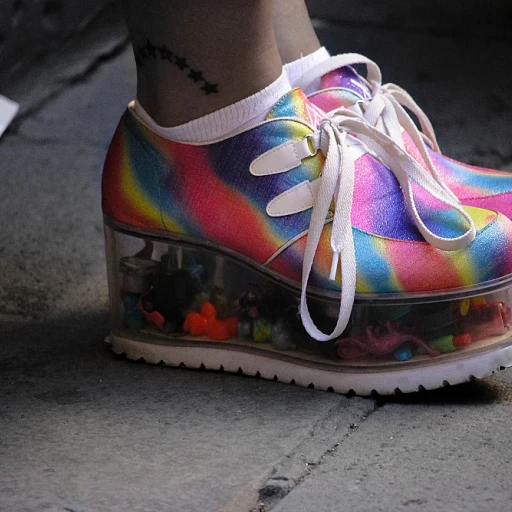

-large-teaser.webp)
